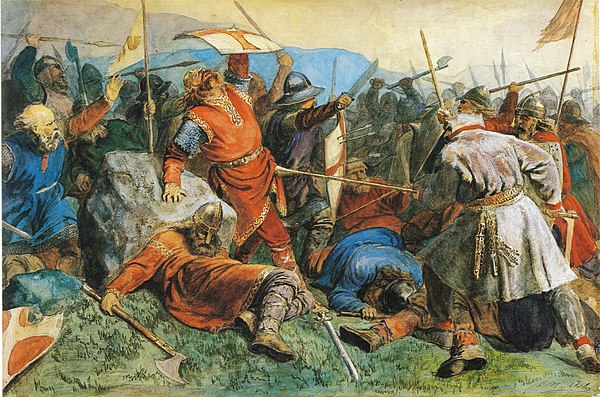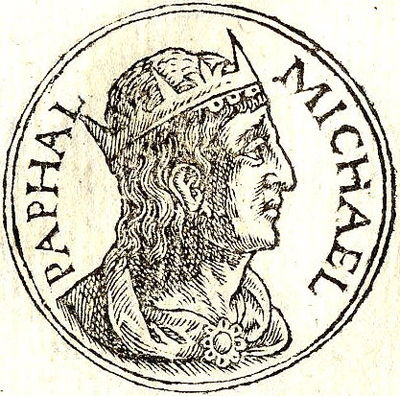As Harald had not been able to conquer Denmark despite his raids, he wanted to win a decisive victory over Sweyn. He eventually set out from Norway with a great army and a fleet of around 300 ships. Sweyn had also prepared for the battle, which had been preassigned a time and place. Sweyn, did not appear at the agreed time, and Harald thus sent home his non-professional soldiers (bóndaherrin), which had made up half of his forces. When the dismissed ships were out of reach, Sweyn's fleet finally appeared, possibly also with 300 ships. The battle resulted in great bloodshed as Harald defeated the Danes (70 Danish ships were reportedly left "empty"), but many ships and men managed to escape, including Sweyn. During the battle, Harald actively shot with his bow, like most others in the early phase of the battle.





























